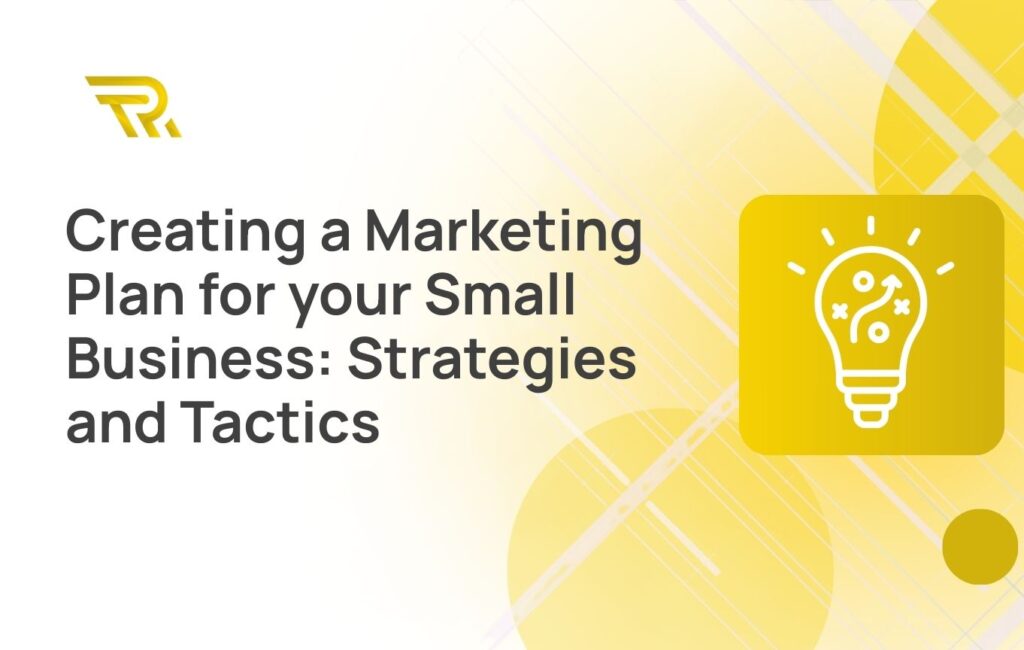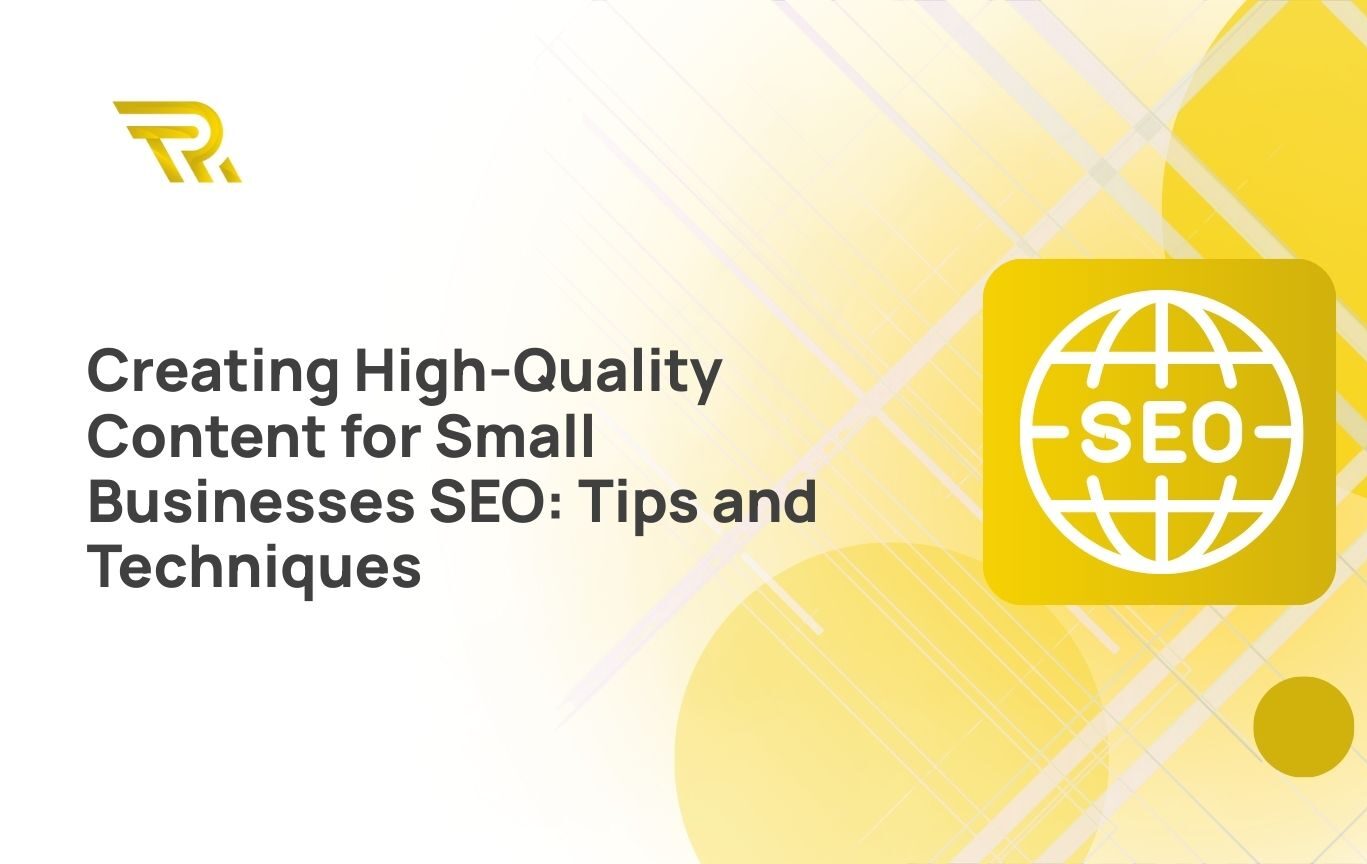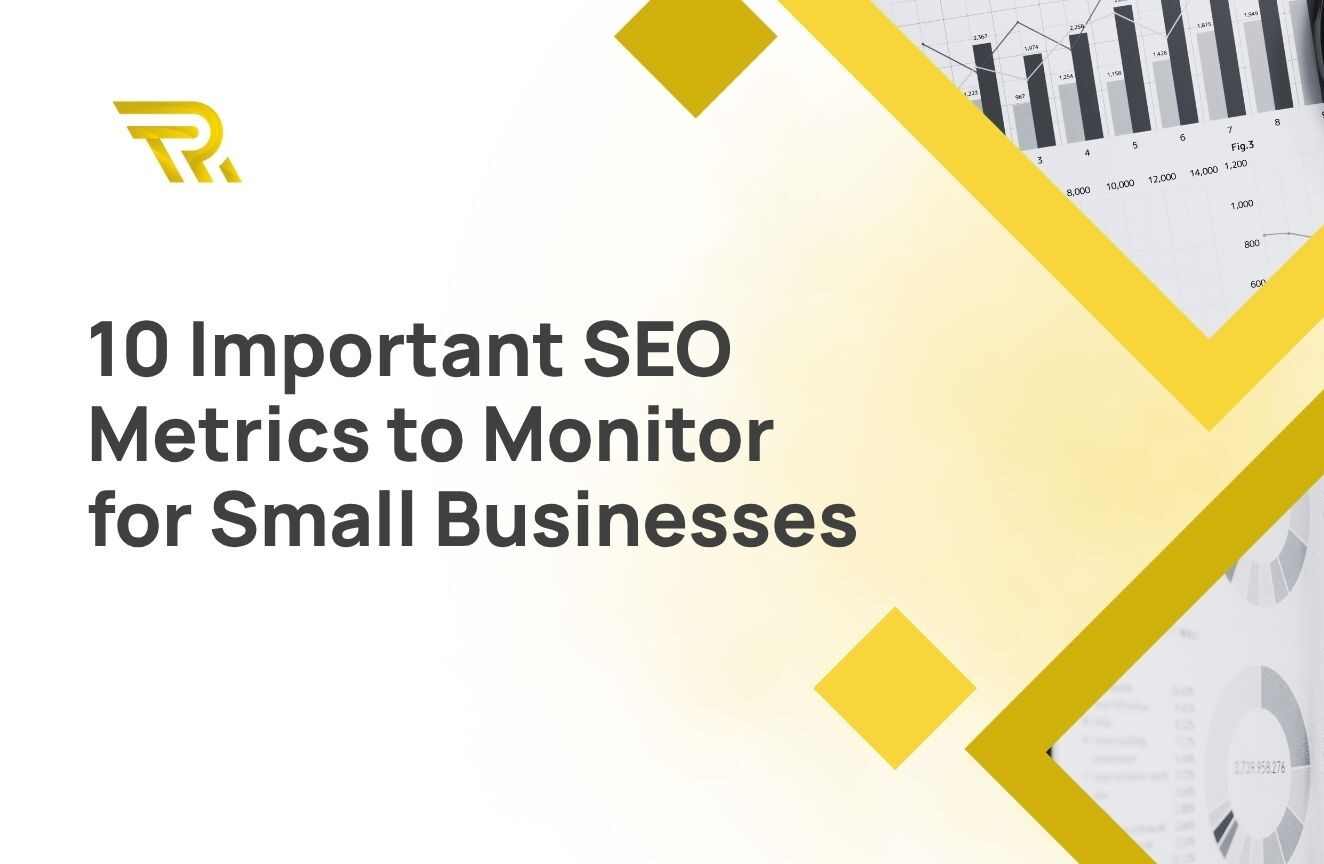Creating a marketing plan for your small business is a critical step toward driving sustainable growth in today’s fast-paced and competitive landscape. Whether you’re launching a new venture or looking to refine your current strategies, a comprehensive marketing plan serves as your roadmap to success. This guide will walk you through the essential components of an effective small business marketing plan and offer actionable insights to engage your target audience, boost brand visibility, and ultimately increase your bottom line.
Key Takeaways
Crafting a small business marketing plan involves setting SMART goals, identifying your target market, and conducting competitor analysis.
Content marketing, branding, email lists, SEO, PPC, social selling, and PR drive small business growth.
Frequent plan updates are vital for staying aligned with trends and goals, ensuring relevance and effectiveness.
What is a Marketing Plan?
A marketing plan functions as a strategic guide, outlining how you engage with your target audience both online and offline to effectively promote your products or services. The complexity of marketing plans varies, ranging from basic to intricate, depending on your desired objectives. A marketing strategy outlines the outreach and public relations activities that will be implemented over time, as well as how the organization will measure the impact of these initiatives. Building a marketing plan helps you navigate the complexities of the market and measure your efforts over time.- Conducting market research to aid in determining prices and welcoming new competitors to the market.
- Messages that are tailored to specific populations and geographic areas.
- Venues for product and service promotion include digital, radio, the Internet, trade journals, and a combination of these venues for each campaign.
- Metrics for measuring the outcomes of marketing operations, as well as reporting timetables.
Why It’s Important To Have a Marketing Plan for Your Small Business
Understanding how to start a small business involves recognizing the vital role of a marketing plan. It guides you in fulfilling market needs, differentiating from competitors, and targeting the right audience. This plan provides direction, resource allocation, brand consistency, and adaptability, ensuring systematic and successful marketing for business growth.
A marketing plan for small businesses is more than just a document, it’s the foundation for all of your marketing efforts. It ensures you’re meeting market needs, differentiating from competitors, and aligning your business goals with customer expectations. A marketing plan is crucial due to its ability to provide direction, focus, and strategy for a business’s marketing efforts. It helps target the right audience, allocate resources efficiently, maintain brand consistency, adapt to changing dynamics, gain a competitive edge, measure progress, plan for the long term, minimize errors, and enhance communication. In essence, a marketing plan ensures systematic, purposeful, and effective marketing, fostering business success and growth.How to Develop Marketing Plan for Your Small Business
Create an executive summary
View marketing campaigns as interconnected elements, not standalone functions. Marketing is akin to narrating your brand’s tale to customers; akin to any story, it requires consistent tone and characters. An overview outlines your year-long marketing objectives and aids in unifying campaigns. While setting marketing goals, ensure they are SMART: Specific, Measurable, Achievable, Relevant, and Time-bound. These goals should synergize for internal and external coherence, crafting a uniform narrative that precisely communicates your message and builds upon preceding chapters.Identify your target market
Identify your clientele and their desires. Take into account their age, gender, whereabouts, and preferences. The greater your understanding of your intended audience’s characteristics, the simpler it becomes to create a marketing communication that strikes a chord. Enhancing your familiarity with your target audience is effectively achieved through market research. This involves surveys, focus groups, or studying your competitors.Distinguish your brand through the utilization of inbound marketing strategies
Inbound marketing focuses on attracting customers through SEO, content marketing, and social media engagement. By creating valuable content, such as blog posts, videos, and social media updates, you draw potential customers to your business and establish trust.
Strong content enhances search engine rankings, driving more traffic to your online platforms. By disseminating this content to a broader audience, you further boost search engine rankings. Enhancing visibility and online presence, SEO for small businesses is a potent tool. By optimizing website content, keywords, and backlinks, businesses can rank higher in search results. This boosts organic traffic, attracting potential customers and fostering growth opportunities.Identify competitors
Irrespective of the uniqueness of your product or service, there’s always competition vying for your target customers’ spending. Small business teams often overlook in-depth competitor analysis or identifying companies beyond their industry that possess the potential to attract customers. Familiarizing yourself with competitors, understanding their key strengths, and predicting their responses, such as price reductions or heightened communication, aids in formulating strategies to counter such setbacks. By actively seeking out these rivals, you can create strategies to set your business apart, offering customers what they might lack from your competitors. Examine your competitors’ operations to discover opportunities for differentiation, allowing your business to stand out and guide your target audience towards your offerings.State your brand position for your target customers
Finally, your brand and its representation to customers are your most powerful asset. You should craft a straightforward sentence describing how you will fulfill customer requirements and surpass competitors.Set your marketing budget
Outline all of the costs associated with your marketing strategy and evaluate how to best allocate your funds among them. You will probably require personnel and resources, along with an advertising budget. You might also consider setting aside products for influencers or allocating funds for participation in a live event.Devise and initiate your marketing campaigns
After establishing a budget and crafting a marketing plan, the next step is to strategize and initiate your campaigns. Depending on your financial allocation, you can diversify these campaigns, combining paid digital advertising, traditional advertising, social selling and content marketing. A streamlined, startup marketing plan can encompass these key elements:- Brand Strategy: This defines your company’s identity, its target audience, and what sets it apart from rivals. It serves as the basis of all marketing efforts, positioning your company within the market landscape.
- Content: This represents your company’s messaging about its products, values, and perhaps larger societal contributions. Content manifests in various formats, from Instagram posts to blog entries to billboards.
- Advertising: This avenue spreads your brand and content to a broader audience. It might involve strategic keyword bidding in search engine marketing, boosting social media posts for wider reach, or securing pre-roll ad slots on podcasts.





